Generally, it is widely believed that LED lights do not generate any heat at all. This statement is true to some extent, however it is absolutely not true that LED lights don’t generate any heat.Do LED lights get actually hot? They do produce some heat, but it is significantly less compared to traditional incandescent or halogen lights.
In the evolution of lighting, the shift from incandescent bulbs to LED bulbs marks a transformative leap in efficiency and sustainability. Unlike their predecessors, LED bulbs generate illumination through electroluminescence rather than relying on heating a filament. This fundamental distinction results in a drastic reduction in energy consumption, making LED bulbs an eco-friendly alternative.
One of the key advantages lies in their minimal heat production, a stark contrast to incandescent and halogen bulbs notorious for their inefficiency and significant heat output. By incorporating innovative heat sink technologies, LED bulbs effectively manage any generated heat, ensuring longevity and consistent performance, factors pivotal in their extended lifespan.
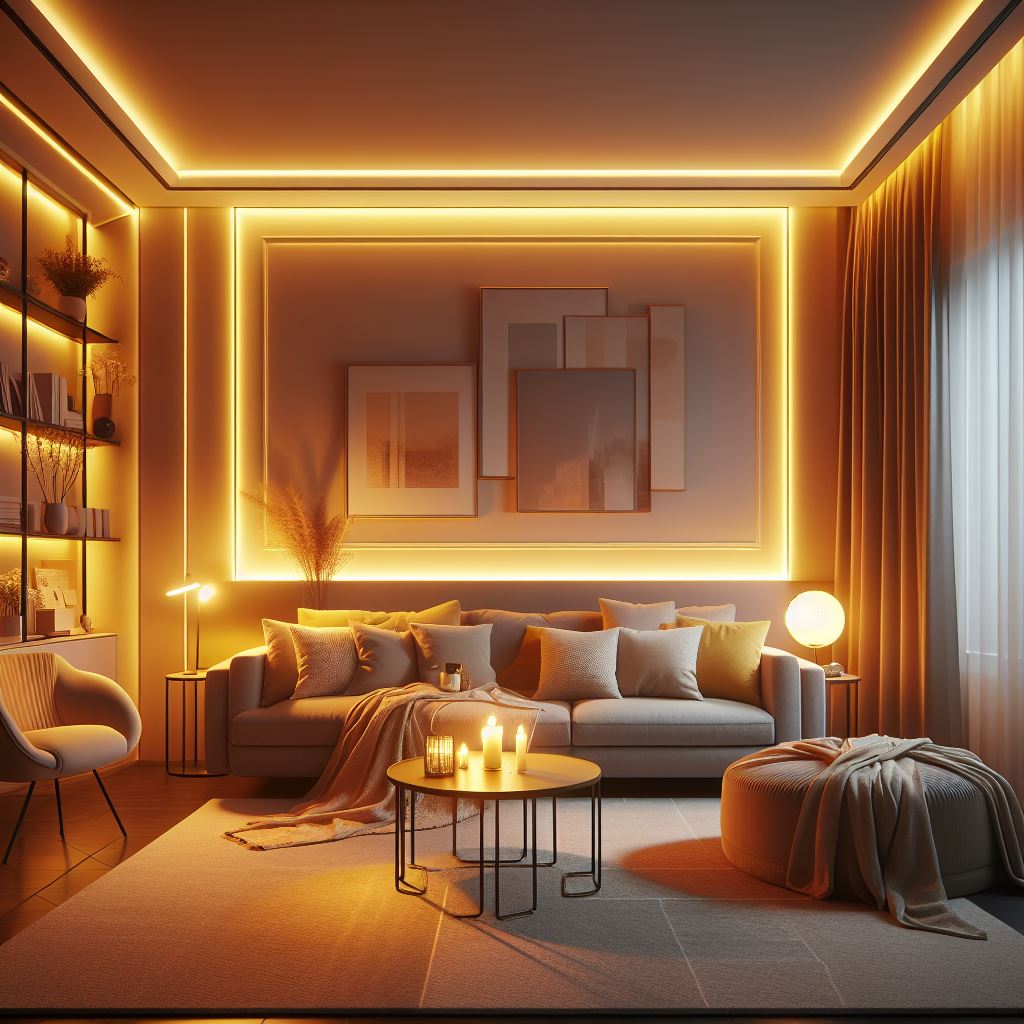
The inefficiency of incandescent bulbs, notorious for expending more energy in producing heat than light, prompted the quest for more sustainable options. LED bulbs emerged as the frontrunner, boasting impressive energy efficiency by converting a greater percentage of electricity into illumination. Their utilization of heat sink mechanisms efficiently dissipates any generated heat, safeguarding the bulb’s components and contributing to its extended lifespan. Halogen bulbs, while more efficient than incandescent ones, pale in comparison to the energy-saving capabilities and durability of LED technology, further cementing the latter’s prominence in the lighting industry.
LED bulbs’ remarkable attributes, notably their reduced energy consumption and effective heat management, underline their prominence in modern lighting solutions. By sidestepping the wastefulness of incandescent bulbs and even outperforming the more efficient halogen alternatives, LED technology continues to redefine illumination standards. Their integration of heat sink systems not only ensures minimal heat emission but also plays a pivotal role in extending the lifespan of these bulbs, positioning them as the forefront choice for eco-conscious consumers and industries striving for sustainable lighting solutions.
Table of Contents
Of course, LED lights do not get anywhere near as hot as traditional tungsten lights. Tungsten lights work by passing electricity through a tungsten filament. As the filament gets hotter, it starts glowing and emitting light.
This is a highly inefficient way of emitting light, as it requires a lot of heat for the light to work. Research shows that tungsten lights only transfer 10% of the electrical energy into light energy.
With almost 90% of the energy transferring into heat energy, its no surprise that tungsten bulbs get extremely hot. A huge portion of the heat is generated through infrared waves.
In comparison, LED lights are highly efficient in energy conservation. Some ultra-efficient LED lights can convert up to 90% of the electrical energy into light energy.
With such a high proportion of the energy going into emitting light, it makes sense that very little energy gets converted to heat energy.
So when it comes to the question do LED lights get hot, the answer is no, at most they get warm to the touch.
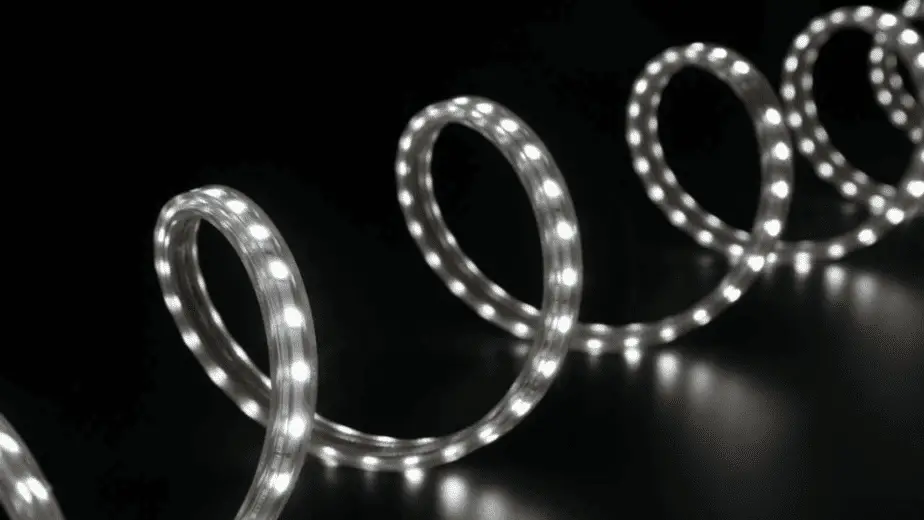
Why Do LED Lights Get Hot?
As we just said, LED lights do get a little hot. But this is very normal for any electrical component.
Whenever electrical energy is being converted into another form of energy, some of the energy gets dissipated as heat energy. This is just a universal phenomenon and it cannot be avoided.
In the circuit of an LED light fixture, there are multiple components that have other functions beside generating light. These components are there to convert the high voltage electricity to a lower voltage.
This is because, the traditional appliances in our home requires high voltage electricity to function. LEDs on the other hand, are most efficient in lower voltages.
It turns out that these components are responsible for generating a significant percentage of the heat generated by LED lights.
This means that although the components that actually work towards generating light emit very little heat, other essential components in an LED light can generate more heat.
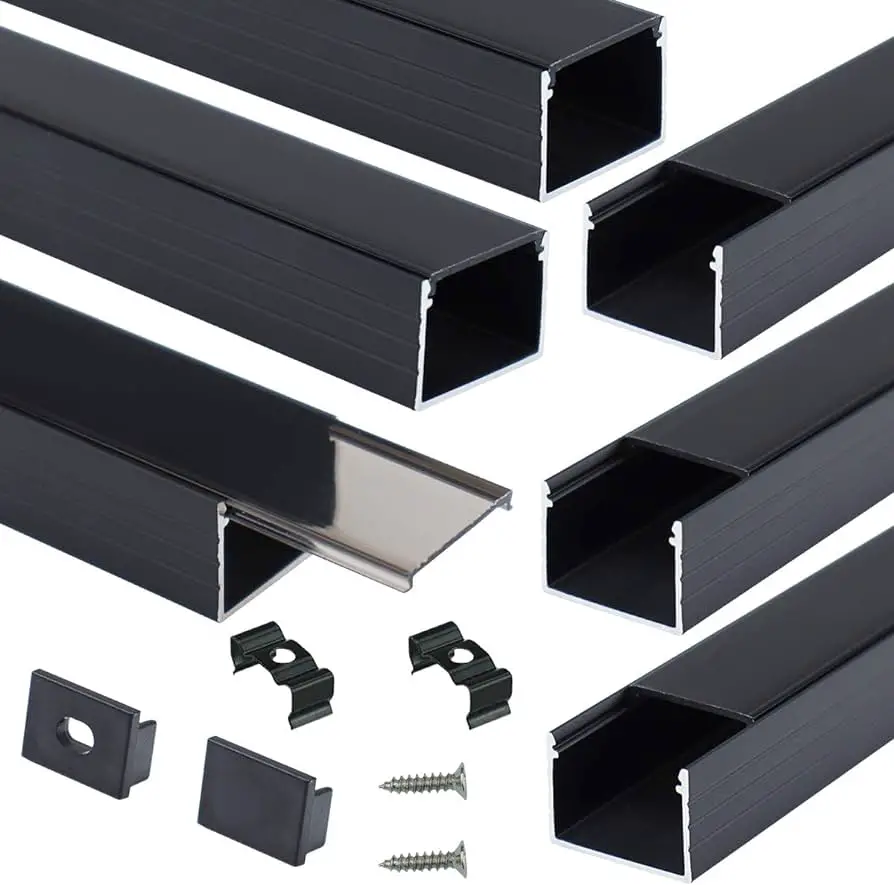
Warm, But Not Too Hot…
Now that we’ve answered the question do LED lights get hot, let’s talk about how hot these lights exactly get.
In traditional light bulbs, a huge chunk of the heat is generated because the bulb emits infrared waves. As LED lights do not emit infrared, it naturally produces a lot more heat.
If you’ve ever touched an LED light running for a long time, you’ll discover that the bulb is warm to the touch and you can still touch it fairly comfortably.
However as it is warm, some heat is still being generated. This is mostly due to the inefficiencies present in the semiconductors of the LED lights.
The heat generated from an LED light can vary depending on their brightness as well as their color temperatures. The amount of heat generated between a 3000k and 4000k LED light bulb may be different.
Additionally and very importantly, LED lights tend to be less efficient as they get hotter. This happens if the lights are placed in an area where it is not possible for heat to be dissipated.
Therefore the heat generated due to energy conversion combined with that generated due to inefficient components as well as poor heat management can cause LEDs to run warm.
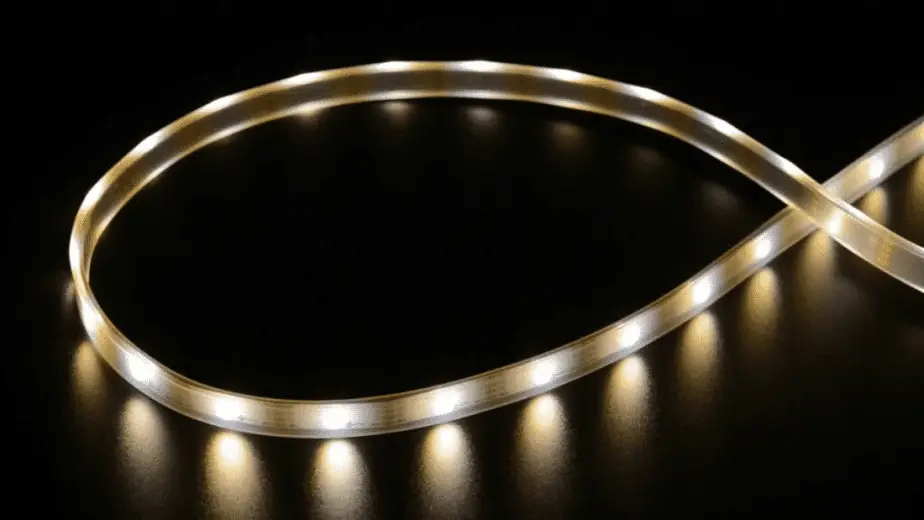
Do LED String Lights Get Hot?
As mentioned earlier, LED lights under normal conditions do not get very hot in general. The same applies for LED string lights.
However, depending on the environment and surroundings of the location you use them in, you might want to be careful about certain things.
If you’re putting your lights up outside where the lights will be exposed to the elements, make sure that the lights are made for that specific purpose. Take a look at the product description and reviews to make sure they are appropriate for your purpose.
When putting the lights up inside, make sure that the surrounding areas are not too hot and there is enough air circulation for the lights to efficiently dissipate heat.
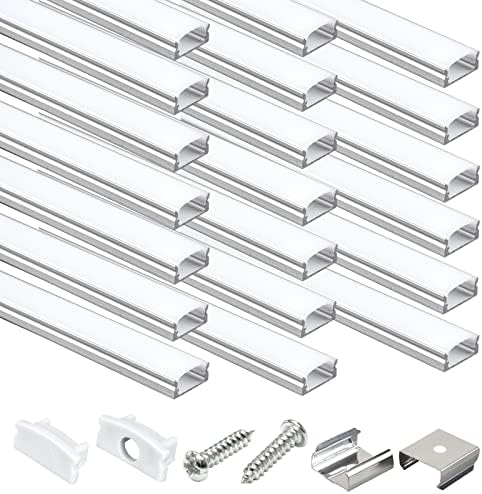
Is it Safe to Use LED Lights?
The biggest concerns when asking do LED lights get hot generally have to do with issues regarding fire hazards as well as short circuits.
This is a valid concern, as a lot of users tend to leave the LEDs on for long periods of time. It is very normal for users to leave their home premises with the lights on.
As LED lights run at very low temperatures, it is not very likely that they’ll cause a fire hazard as the temperatures just wouldn’t get that high. The low voltage present in LED lights also reduce fire hazard .As long as the LED lights are wired properly with good quality components and are connected properly, the possibility of a fire is very low.
How To Reduce Heat From LED Lights
Even though they generate little heat, there are still a few ways you can prevent heat buildup from LEDs.
LED Heatsinks
As mentioned earlier, LEDs tend to run less efficiently the warmer they get. Therefore, one way to prevent this from happening is by using LED heatsinks. Basically, LED heatsinks increase heat dissipation by the use of conduction, convection and radiation.
The question of do LED lights get hot is usually accompanied with how I can reduce the heat generated from LED lights if any. A heatsink can be the perfect solution.
Muzata – Aluminum Channel System with Milky White Cover
10 Pack 6.6FT/2M U Shape LED Silver Aluminum Extrusion Profile Housing Track for Strip Tape Light
An LED heatsink is a component that is made up of a good conductor of electricity such as Aluminum. The heatsink comprises of fins that channel air flow through them.
Simply put, when a heatsink is put in place, the heat energy from the LED will be conducted to the heatsink. Then the heatsink will radiate that heat as the air flows through the fins. The fins are designed in such a way that air will flow through them, helping the heatsink radiate the heat faster.
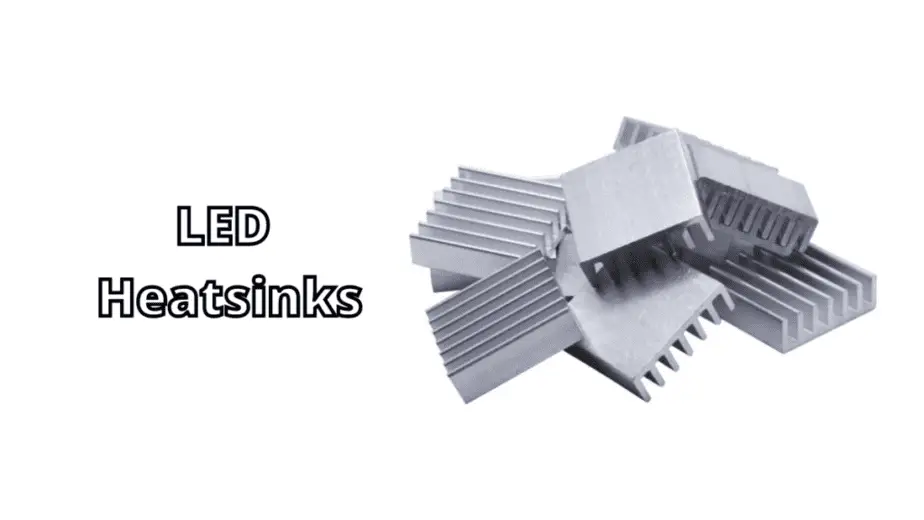
LED Cooler
LED coolers are basically the same as LED heatsinks but for much larger purposes. LED coolers are used for cooling and maintaining heat dissipation for industrial LED lights.
The heavy-duty LED lights used in factories, production lines, spotlights, etc. use LED coolers.
Can I Leave LED String Lights on All Night
A lot of us like to leave the lights on while we’re sleeping, as certain light colors help us sleep. As we talked about earlier, LED string lights do not generate much heat as long as they’re placed in the right surroundings and are of the right specification.
Therefore, make sure to place the string lights in an area where the chances of a short circuit or a fire hazard are low. Avoid areas such as fireplaces, bathrooms, etc.
In addition, make sure the lights are placed in an open area with room for air circulation. Don’t forget to check for manufacture warnings regarding prolonged use.
Can LED Lights Cause a Fire
As long as the build quality of the LED lights are up to standards, you shouldn’t have to worry about LED lights causing a fire.
LED lights themselves have low risk of fire, but external factors can change that.
Make sure you purchase from a dependable brand, and make sure the electrical source is not faulty.
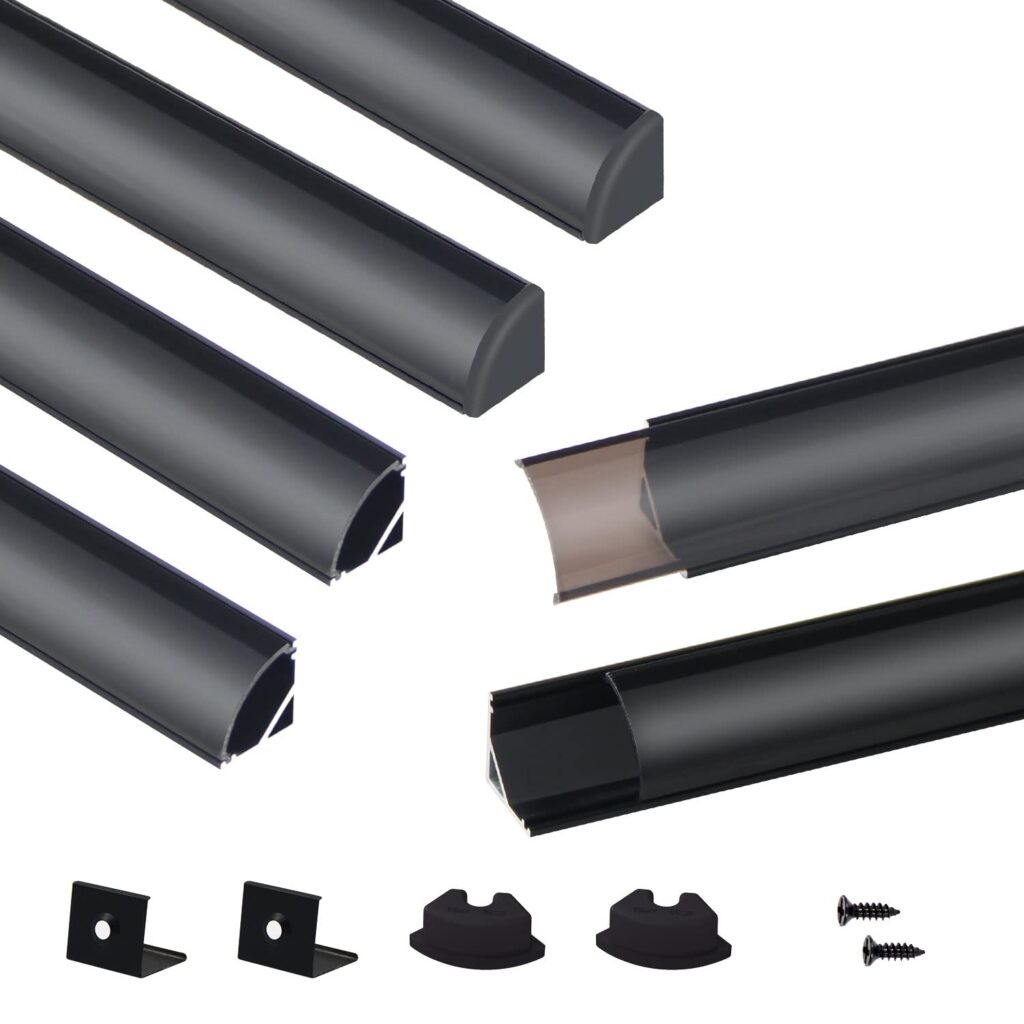
Read also: Can You Sleep with Led Strip Lights On
Do LED Strip Lights Raise Electric Bill
As LEDs require electricity, it should come as no surprise that LED lights will add to your electric bill. However, as these lights are extremely efficient at energy conversion, the cost incurred is very little.
Compared to a traditional incandescent light bulb, an LED consumes a very small amount of electricity. Some data has shown that a standard 5 meter LED light strips consumes less than 5 dollars of electricity per year.
Understanding LED Lighting: A Detailed User Report and Suggestions
As a user exploring lighting options, my journey led me through various types of bulbs, from traditional incandescents to the modern LED lamps. Intrigued by the mechanics behind these light sources, I delved deeper into their functionalities, heat production, and light output to provide comprehensive insights for fellow enthusiasts.
Heat Production: LED vs. Incandescent
Initially, I was accustomed to incandescent bulbs, which produce light by heating a filament until it glows. These bulbs get hot to the touch, primarily due to the inefficiency of this process. A significant amount of energy consumed by incandescents is turned into heat rather than visible light, resulting in hot filaments and bulbs that can get so hot they might cause burns if touched.
LEDs: Less Heat, More Light
Contrary to incandescent bulbs, LED lamps are cooler to the touch despite producing light. This difference is due to how they work. LEDs (light-emitting diodes) use less power to produce light compared to incandescents. They achieve this by drawing the heat away from the LED junction, where light is produced, allowing the outer surface to remain cool.
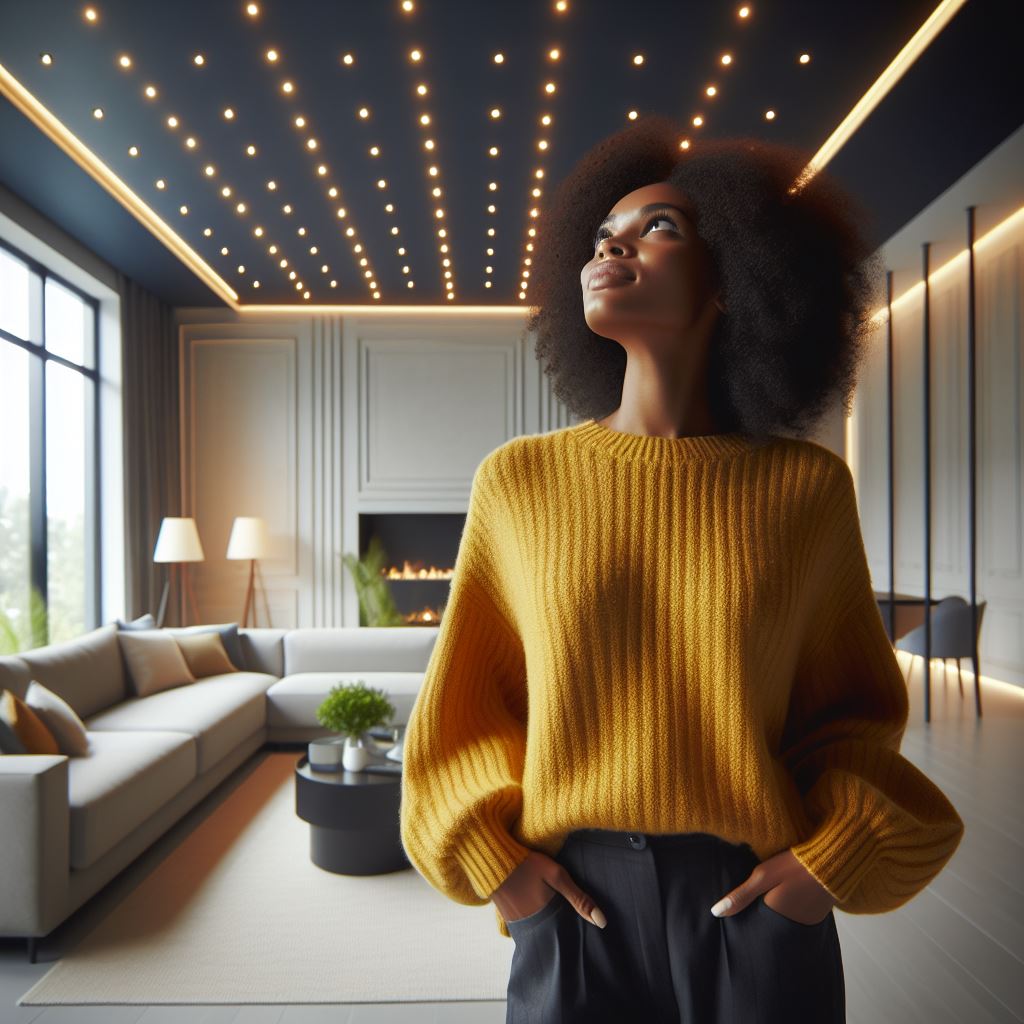
Heat Dissipation and Energy Efficiency
LEDs are more energy-efficient because they produce more visible light per unit of energy and dissipate less heat. Traditional bulbs, such as incandescents, turn much of the energy into heat rather than light. LEDs, however, generate minimal heat, pulling the heat away from the diode to keep the outer surface cool.
Efficiency Comparison: LED vs. Incandescent
Comparing LED bulbs to incandescents, the difference in heat production is staggering. LED options produce significantly less heat while emitting the same or even greater amounts of light. For instance, an LED bulb might use only 10% of the power an incandescent bulb requires to produce the same amount of light.
Heat Management in Enclosed Fixtures
One important consideration is the usage of LEDs in enclosed fixtures. While LEDs generally run cooler, using them in an enclosed space with no ventilation might affect their performance due to heat buildup. Proper ventilation or choosing LEDs designed for enclosed fixtures can prevent any heat-related issues.
Longevity and Safety of LEDs
Additionally, LEDs can last significantly longer than traditional bulbs, up to 25 times longer than incandescents and about 10 times longer than fluorescents. This longevity not only translates to less frequent replacements but also reduces the risk of potential hazards caused by excess heat in enclosed spaces.
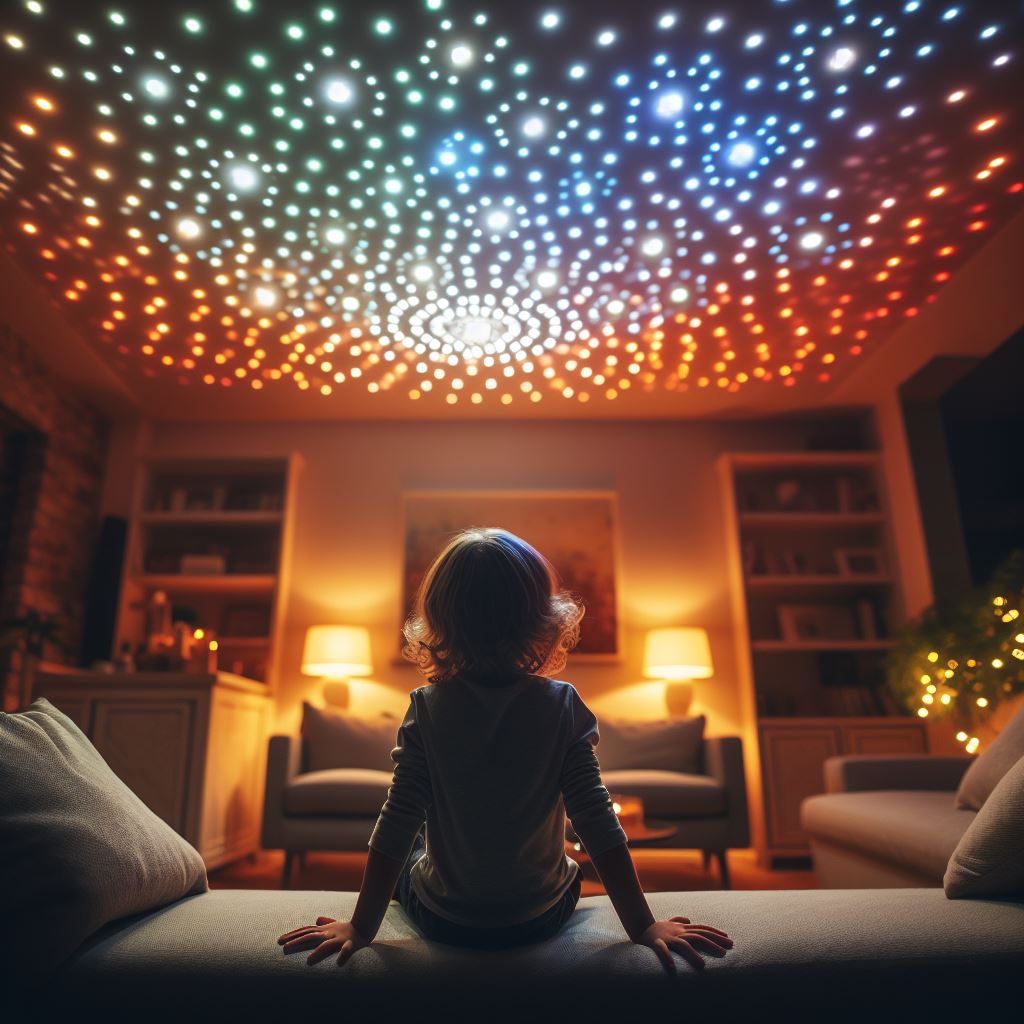
Conclusion: Making an Informed Choice
In conclusion, LEDs offer a safer and more energy-efficient lighting option compared to incandescents. They produce more light while generating less heat, making them cooler to the touch and more efficient in energy consumption. However, proper consideration must be given to their usage in enclosed fixtures to ensure optimal performance and longevity.
Understanding the mechanisms behind LED lighting has allowed me to make informed decisions about lighting options, emphasizing efficiency, longevity, and safety. Whether for home or commercial use, considering the heat production and energy efficiency of light sources remains crucial for a well-illuminated and safe environment.

My strong expertise is illuminating spaces. With a keen eye for detail and a passion for transforming environments through lighting, my dream is to leave indelible mark on the world of light design. Below are few facts of my biography, highlighting career and hobbies. Click here to contact me.
